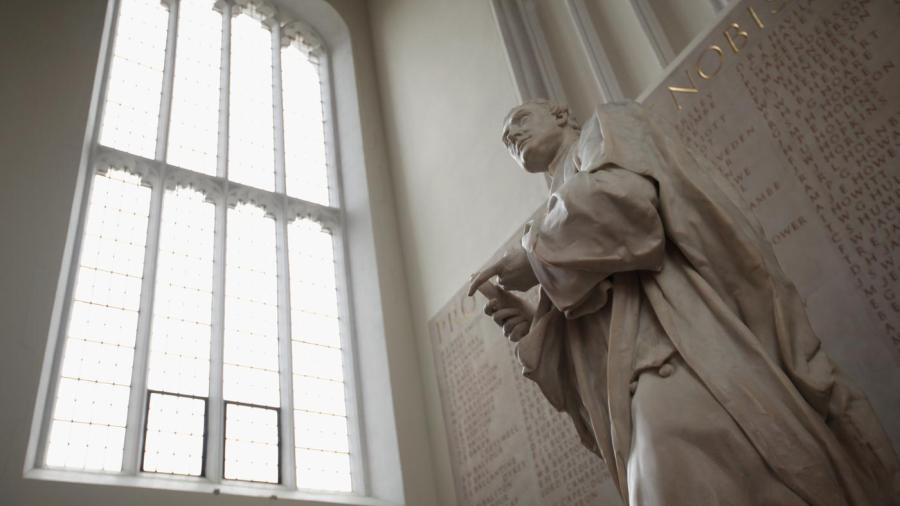What Did Sir Isaac Newton Invent?

Sir Isaac Newton invented the laws of motion and universal gravitation, which laid the foundations for classical mechanics. He has also made seminal contributions to optics and shares credit with Gottfried Leibniz for the invention of calculus.
Isaac Newton was an established physicist and mathematician and was one of the great minds of the 17th century Scientific Revolution. He was born on January 4, 1643 in Woolsthorpe, England. With his discoveries in optics, motion and mathematics, Newton developed the principles of modern physics. In 1687 he published his most acclaimed work, “Philosophiae, Naturalis, Principia Mathematica” (“Mathematical Principles of Natural Philosophy”), which has been called the most influential book on physics. Newton died in London on March 31, 1727.
Newton single-handedly contributed more to the development of science than any other individual in history. He surpassed all the gains brought about by the great scientific minds of antiquity, producing a scheme of the universe which was more consistent, elegant and intuitive than any proposed before. Newton stated explicit principles of scientific methods that applied universally to all branches of science. This was in sharp distinction to the earlier methodologies of Aristotle and Aquinas, which had outlined separate methods for different disciplines.





